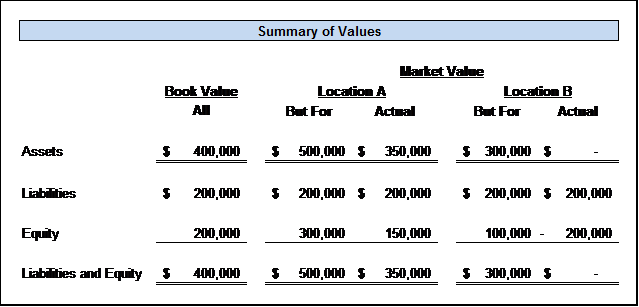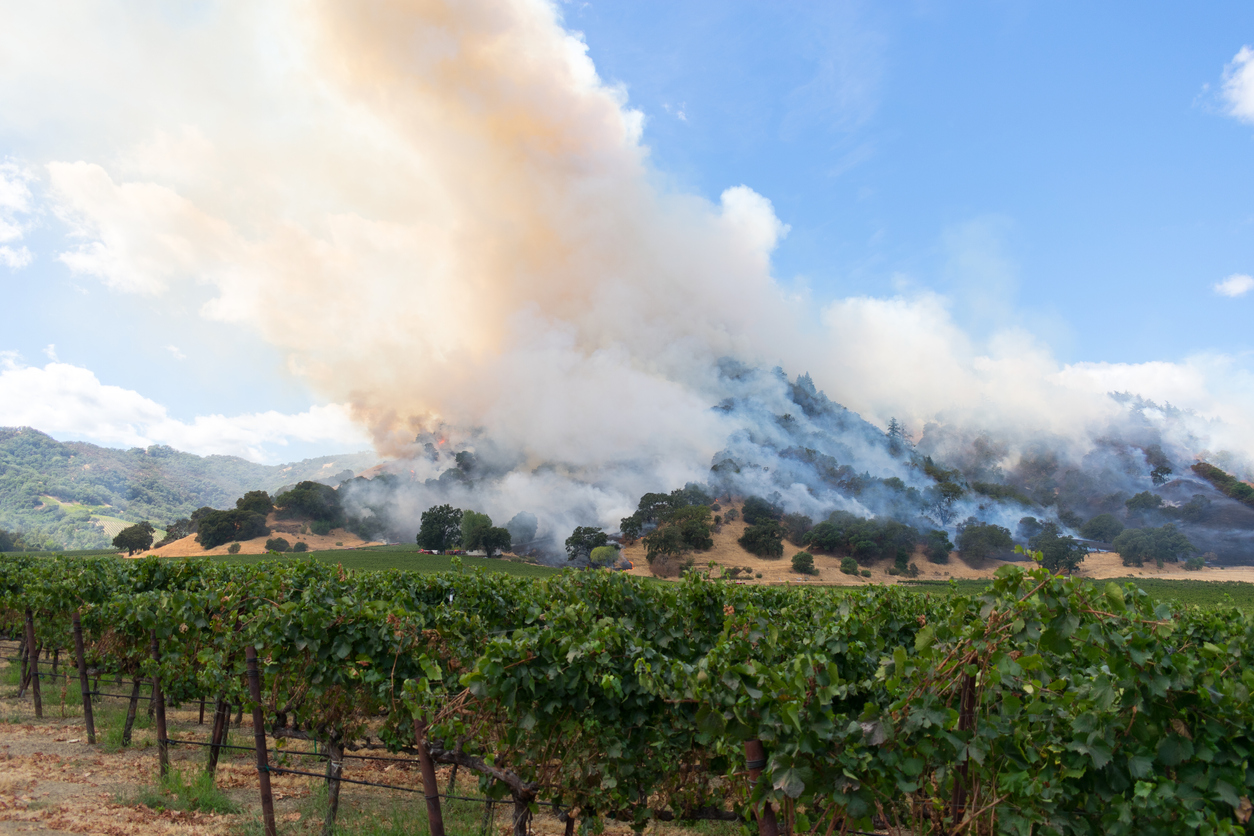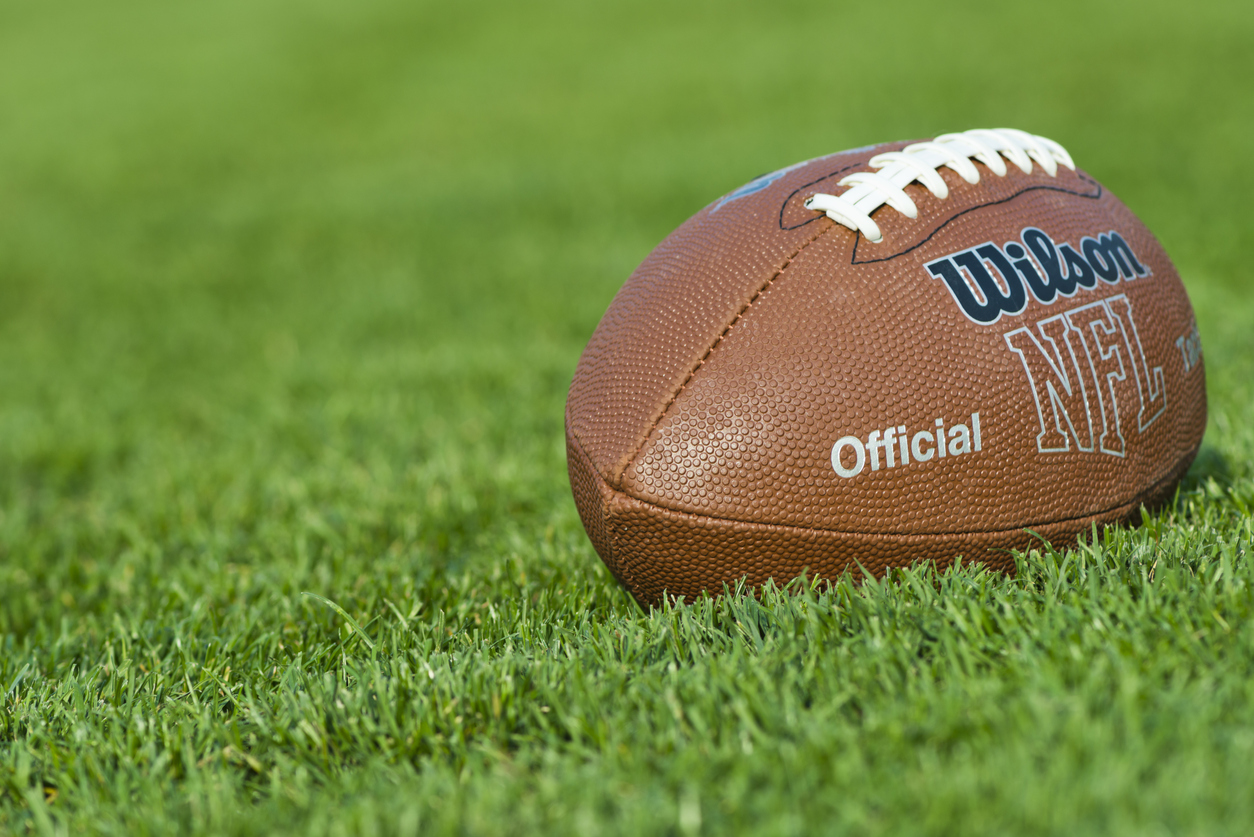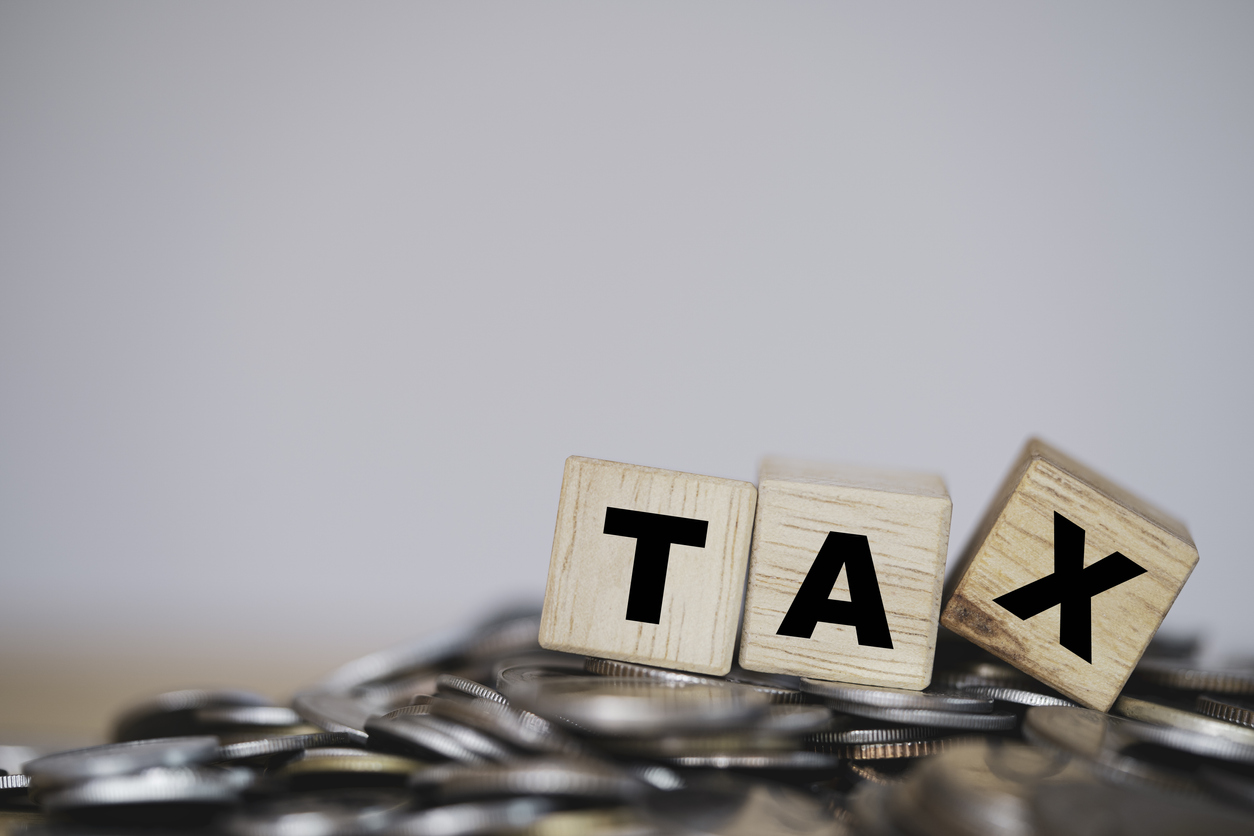Towards the end of its decision in Dunkin’ Brands Canada Ltd. c. Bertico inc.2015 QCCA 624, the Quebec Court of Appeal discussed the issue of whether an award for both a) lost profits up to 2005 and b) loss of business value as at 2005 represented a form of double-counting [219-222]. It rejected the defendant’s arguments on this front, noting that the defendant failed to substantiate the argument on appeal, while its evidence at trial on this point was “confused” [220]. The issue of the interaction between lost profits versus loss of business value is one of the more controversial (and confusing) issues currently at play in my field, and I have discussed it elsewhere (see here). In this post, I examine the issue of lost profits, business value and the overlap between them in the specific context of the Dunkin’ Donuts case and the objections raised by the defendants both at trial and on appeal.
The Arguments
At trial, the plaintiffs argued that in addition to their lost profits up to a particular date in 2005, they had also suffered a loss in the value of their respective businesses. The plaintiffs introduced non-expert evidence that as a “rule of thumb”, Dunkin’ Donuts franchises typically sold for an amount equal to 50% of the prior year’s revenue. They argued that as a result of the actions of the defendant, the value of their stores had declined to essentially $nil. The trial judge accepted these arguments, and awarded each store an amount equal to 50% of the projected sales at that store but for the actions of the defendant.
The defendants offered a number of arguments against the plaintiff’s approach. They argued that:
- The loss of business value should be limited to the “value of the net equity of the shareholders…and not their gross investment in fixed assets” [87]. That is, they argued that the loss to the plaintiffs was equal to the amount of equity capital that had been invested in the business (computed as assets less liabilities as reported on the year-end financial statements), and not the value of the assets of the business on a pre-debt basis.
- The term of each franchise was finite (unlike most businesses, which are assumed to exist into perpetuity), after which substantial renovations and renewal fees would have been payable. These were not taken into account by the plaintiffs.
- The residual value of any assets held by the plaintiffs upon actual sale or closure of their businesses was not deducted.
The Theory
Before commenting on this particular case, it is important to introduce a few key concepts:
- The value of a business (or any income generating asset, really) is a function of a) the magnitude, and b) the risk inherent in, its anticipated future profits (or, more precisely, after-tax cash flows). This is true whether the business is assumed to exist into perpetuity, or whether it is defined by a finite contract period (such as a franchise restaurant).
- Business assets are typically financed by a mix of equity (i.e. shareholders’ money) and debt (i.e. other people’s money). On an accounting balance sheet, Assets = Liabilities (i.e. Debt) + Equity. The market value of a company’s assets will likely differ from the book value. When the profitability of a business is impaired, the value of the assets declines, but the value of debt generally stays the same (unless there is a default).
By way of illustration of the above two points, assume that:
- Two different Dunkin’ Donuts franchises each carry assets (i.e. equipment and leaseholds) with book value of $400,000, which are financed by $200,000 of bank debt and $200,000 of owner’s equity.
- The market value of the assets of a Dunkin’ Donuts location can be estimated at 50% of sales. Better stores may sell for more, less efficient stores may sell for less, but on average if the store is a going concern and earning some level of profit, its assets will sell for 50% of sales.
- But for the defendant’s wrongdoing, sales for Location A would have been $1M in 2005; as a result of the wrongdoing, they declined to only $700,000. Sales for Location B, which was not as profitable, suffered a decline in sales from $600,000 to $400,000. Location A is still moderately profitable, while Location B will likely suffer operating losses on a go-forward basis (assume that $500,000 in annual sales represents a “breakeven point” for a restaurant of this type).
We can show three financial statements for each of the two plaintiffs. Both have assets with book value of $400,000, as shown in the left-most column in the table below. Location A’s assets have declined in value from $500,000 (50% x $1M) to only $350,000 (50% x $700,000). Location B, meanwhile, has ceased to be profitable and no longer has any market value, aside from minor residual value for its used restaurant equipment.
Application of the Theory
In Dunkin’ Donuts, the trial judge assessed the past loss of profit as the difference between the profits that would have been earned but for the breaches by the franchisor and the actual profits earned up to 2005. The question is, what are the losses from 2005 onwards? Conceptually, the losses were equal to the difference between:
- The present value of the future cash flows the businesses would have generated from 2005 onwards (i.e. the businesses’ value “but for” the incident); and
- The cash flows the businesses actually did experience from 2005 onwards.
The “But for” Value
With respect to the “but for” value, the trial judge ruled that but for the wrongdoing, each plaintiff’s business would have been worth an amount equal to 50% of the business’s sales in 2005. Note that this is an asset value; it is the value of the plaintiff’s business assets, before any deduction of debts. The level of debt does not change based on the decline in sales.
While the defendant argued that applying a “rule of thumb” was inappropriate, and that it was necessary to consider the individual aspects of each business in order to determine the decline in value, in many ways the Dunkin’ Donuts case – in which losses for a large, disparate group of franchises were being quantified, and individual characteristics of each store could reasonably be assumed to cancel each other out – was the perfect venue for a “rule of thumb” valuation. Moreover, the 50% “rule of thumb” (assuming it accurately represented the average multiple at which franchises changed hands) would take into account such issues as renovations and renewals.
The Actual Value
In theory, the judge should have compared this “but for” asset value with the actual value of each franchise in 2005 in light of the precipitous decline in sales. This is particularly so in the case of Location A, which continues to operate at a profit. Even location B may have some residual asset value. This is essentially the objection of the defendant. The defendant argued that Location A’s loss was only $500,000 – $350,000 = $150,000, and not $500,000 – $0 = $500,000.
This objection would have been valid if the plaintiffs all sold their businesses immediately in 2005. But this is not (apparently) what actually happened.
Let us assume that Locations A and B continued to operate for several more years. Assume – perhaps optimistically – that Location A continues to earn sales of $700,000 per year and suffers no further reduction in value. The loss to the owner of Location A will be the difference between her original asset value of $500,000 and the residual value of $350,000 (refer to the table above).
For Location B, things are much different. Recall that the loss in business value to Location B as at 2005 was $300,000, that being the difference between the “but for” value of $300,000 and the actual value of $0. One might ask why we assigned a value of $0 to Location B’s assets, if Location B now projects to run at an annual deficit. The reason is that an asset can never be worth less than $nil; an economically rational owner is assumed to simply walk away from the asset. But suppose that Location B tried to make a “go of it” and suffered operating losses for several years, trying to turn things around. These operating losses will need to be added to Location B’s losses. In all likelihood, Location B lost more than the $300,000 that its assets would have been worth if not for the breaches of Dunkin’ Donuts.
(The one caveat to what I have written in the last paragraph would be if Location B financed its continued losses with bank debt and then managed to negotiate a settlement of that debt for less than its face value).
Conclusion
So, was the trial judge’s decision fair? It is difficult to say with any certainty based solely on the written decision.
If most franchises were like Location A and continued to operate and earn profits from 2005 onwards (albeit at a reduced level), then the loss measured by the trial judge may very well have been overstated.
If, on the other hand, a significant number of businesses decided to labour on after 2005, suffering operating losses in the process, then the actual losses suffered by the plaintiffs may have been higher than the damages award.
Lessons:
- Loss of business value and lost profits can both be claimed as heads of damage without overlapping, so long as they relate to separate time periods.
- A loss of business value is properly measured as the decrease in a business’s operating asset values.
- It is possible, in some instances, for a business to suffer a loss of business value greater than the original value of the assets.
The statements or comments contained within this article are based on the author’s own knowledge and experience and do not necessarily represent those of the firm, other partners, our clients, or other business partners.





























































